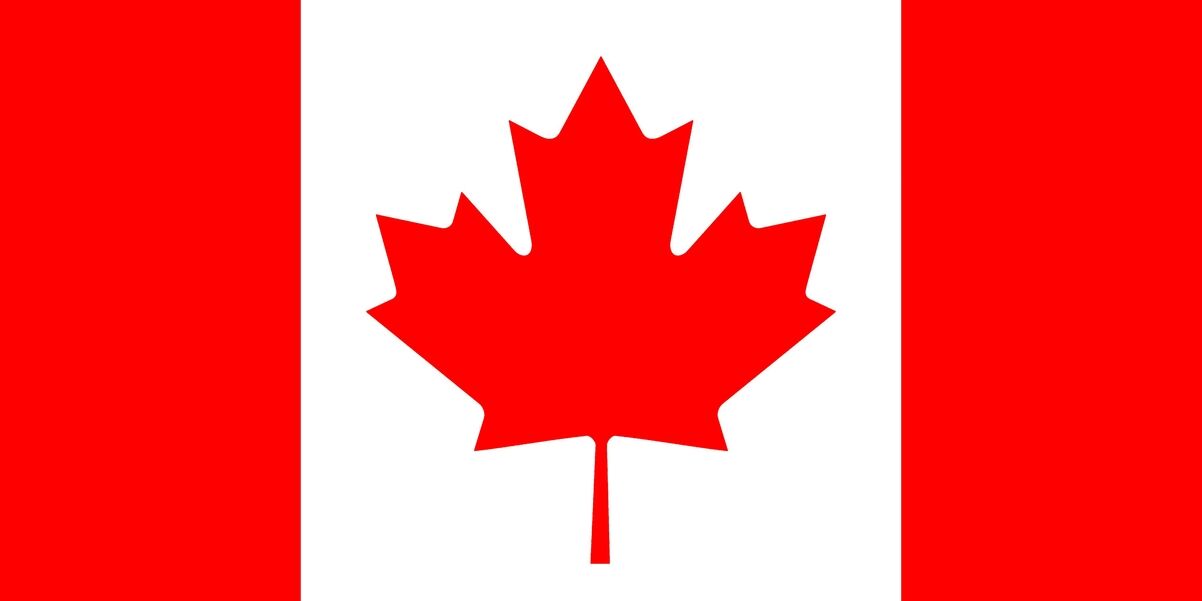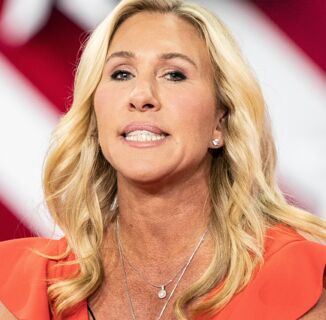While advocates accuse the U.S. Census Bureau of erasing questions on LGBTQ identity, Canada is headed the opposite direction. This week, America’s neighbor to the north announced its intention to unveil a “third gender” option on government surveys.
Statistics Canada, also known as StatCan, plans to allow Canadians to identify as one of three gender categories in all federal data collection: male, female, or “gender diverse.” The latter term is intended to signifying individuals who fall somewhere outside the gender binary and may refer to themselves as nonbinary, neutrois, agender, bigender, genderqueer, two-spirit, or a variety of other designations.
According to StatCan, “gender diverse” individuals may also include “persons who were reported as being unsure of their gender, persons who were reported as both male and female, or neither male nor female.”
StatCan Director Marc Lachance said the new gender category is a “work in progress.”
“We’re testing different ways, and looking at how people respond, and then we’ll modify and adapt,” said Marc Lachance told the Globe and Mail. “Terminology changes over time.”
The changes were made in response to concerns with Canada’s 2016 Census, which asked transgender respondents to identify the way they “most associate themselves.” While that language appears affirming, the only two options for association were male and femaleleaving out the wide spectrum of individuals who don’t identify as either.
Statistics estimate that between 25 to 35 percent of the trans population identifies as nonbinary.
The changes were announced just days after Ontario became Canada’s second province to allow gender-neutral options on birth certificates, a decision which also allows trans people the choice of having a genderless birth record.
Although the 2021 Census is expected to include the “gender diverse” alternative, StatCan says that the government agency has already begun rolling out the new category. On a recent survey regarding opioid awareness, respondents had the opportunity to self-identify their gender. Options included male, female, and a blank space asking those surveyed to “please specify.”
This move is a clear break from recent U.S. policy perceived as rolling back data collection on LGBTQ communities.
Last year, the U.S. Census Bureau came under fire when it was announced it would not be asking questions related to gender identity and sexual orientation in the 2020 survey. Despite widespread reports LGBTQ people would be counted, the government agency clarified that the queer and trans inclusion was never under serious consideration.
At the same time, the Trump administration has quietly signaled its intention to eliminate LGBTQ data collection in elder care and crime victim surveys.
Trans advocates in Canada have applauded the country, which joins nations like India, Nepal, and Pakistan in recognizing trans identities in their national Censuses, for continuing to blaze a trail on inclusion even as others fall behind.
Susan Gapka, who advised on the third gender option, called the announcement “delightful news.”
“I was pleased with the discussions we had and it’s great to see they’re following up on this strategy,” Gapka told The Guardian. “We don’t know what a world without gender looks like, but it’s really wonderful to imagine.”
The advocate added that the next step is public educationin order to ensure that Canadians are properly informed on what these gender-expansive options mean. To that end, the federal government intends to allocate more than $6 million to the development of a Center for Gender, Diversity, and Inclusion Statistics at StatCan.
“There are a lot of people that don’t understand the nuance of gender identity and even sexual orientation,” Gapka claimed. “It’s a new field for them.”
Photo via Ullstein Bild/Getty Images
Don't forget to share:
Help make sure LGBTQ+ stories are being told...
We can't rely on mainstream media to tell our stories. That's why we don't lock our articles behind a paywall. Will you support our mission with a contribution today?
Cancel anytime · Proudly LGBTQ+ owned and operated
Read More in Impact
The Latest on INTO
Subscribe to get a twice-weekly dose of queer news, updates, and insights from the INTO team.
in Your Inbox













